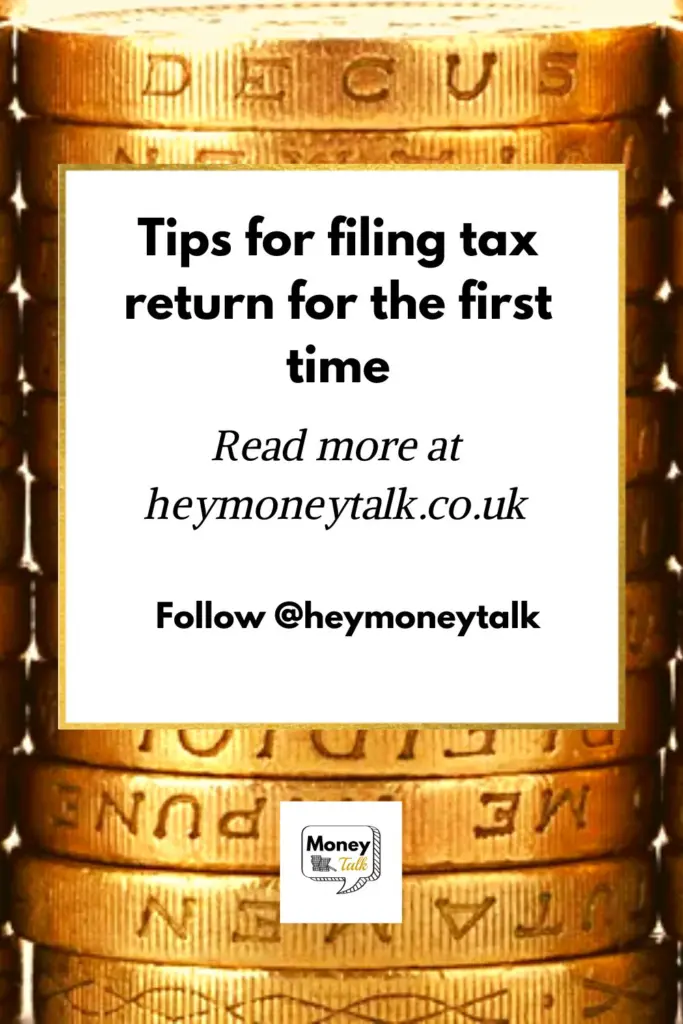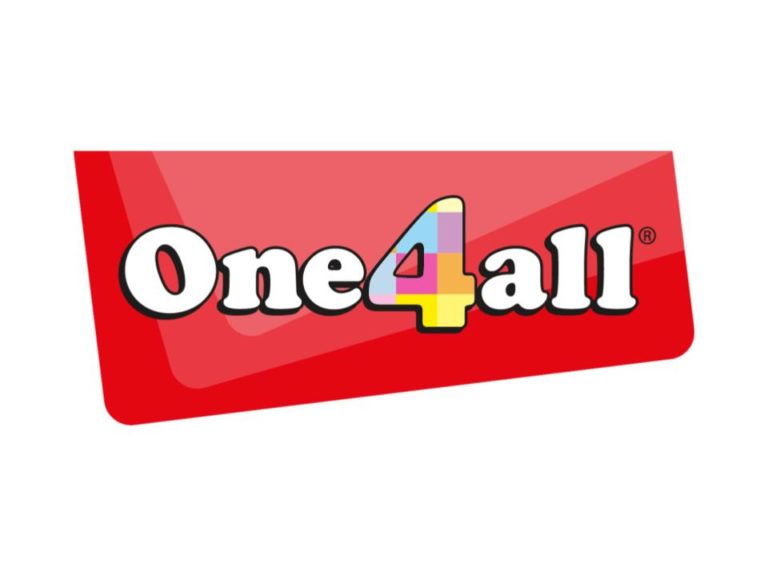Tips for filing a tax return for the first time
Money Talk is intended to inform and educate; it's not financial advice. Affiliate links, including from Amazon, are used to help fund the site. If you make a purchase via a link marked with an *, Money Talk might receive a commission at no cost to you. Find out more here.
Confusing, time consuming and tedious – filing a tax return is one of the least enjoyable things about being self employed.
And if you’ve been putting it off all year, 31 January is the day you dread.
But while the process might seem excruciatingly long, it doesn’t have to be – especially if you don’t have many expenses to fill in, or property/investment income that you need to declare.
Here are some tips for first timers, and specifically for those who are self employed.
Do you actually need to file a tax return?
First, check if you actually need to file a tax return for the previous tax year (it’s always between 6 April and 5 April) because not everyone does.
HMRC has a handy tool to help you do this.
Generally though, you’ll need to submit a return if the following applies:
- You’re self employed and made over £1,000 in profit in the last tax year
- You’re in a business partnership
- Your income is over £100,000
You might also need to file a tax return if you receive income from property, savings and investments above a certain threshold.
But it’s not just a case of paying taxes though – some types of income tax relief can only be claimed by filling in a tax self assessment.
If you’re self employed, you’ll need to register for tax self assessment even if you don’t need to file anything.
Read this: Things you should claim in your tax return
Don’t miss the deadlines
Everyone knows the deadline for filing your tax return is 31 January – but this is only if you’re filing digitally.
If you’re doing a paper return, this will need to be in by 31 October, so just six months after the tax year ends, rather than nine months.
Because of this, if it’s your first time registering for tax self assessment, you’ll need to do it by 5 October in your second year of business or risk a fine.
So for the tax year 2023/2024, you’ll need to register by 5 October 2024, file on paper by 31 October 2024, and file digitally by 31 January 2025.
And for the tax year 2024/2025, you’ll need to register by 5 October 2025, file on paper by 31 October 2025, and file digitally by 31 January 2026.
But of course, you’ll want to register way ahead of the deadline just in case of any strikes or other delays.
The paperwork to complete the registration can take at least 10 days to get to you even without any disruption.
Get your paperwork ready
Filing your tax return isn’t necessarily hard, but it will involve a few bits of paperwork.
Before you start you’ll need:
- details of any income from the tax year, which might include self employment profit, savings interest, dividends from shares and rental income
- any allowable expenses
- any contributions to charities or payments to pensions that are eligible for tax relief
- P60 if you also have a PAYE job and have already paid some taxes
You’ll also need your 10-digit Unique Taxpayer Reference (UTR) and your National Insurance number if you’re filing on paper.
For me personally, the end of May is usually the best time to file my taxes as it usually takes a while for my bank to collate all the savings tax statements and for employers to send through P60s.
I then have the rest of the year to save up if I need to.
Choose between cash basis or traditional accounting
Depending on the type of business you run, you might find cash basis accounting easier than traditional accounting.
Cash basis accounting is based on money that you actually receive – for journalism work where I might have to wait for months or even years for payment, this is ideal.
It’s much simpler to work out what you need to pay taxes on as well.
Traditional accounting is a bit more involved and is designed for more complex businesses where you might want to claim capital allowance on office equipment.
I would recommend a qualified accountant for this as they’ll be able to work out the best way to maximise any tax allowances.
If you’re already finding that traditional accounting is more suitable for your business, a switch to a limited company could be even more beneficial.
It’s worth speaking to an accountant though.
File digitally if you can
Unsurprisingly, it’s much easier to file your tax return online.
Not only because you can save and carry on later, but also because every box has one of those question mark buttons with tips on how to fill it in.
Plus, you’ll be able to see exactly how much you owe in taxes – or how much you’ve overpaid – straightaway.
You can make amends
If you’ve made a mistake with your tax return, it is possible to make corrections.
You’ll have 72 hours after you file to do this – again, it’s easier to do this online rather than on paper.
It’s also possible to make changes for older filings but you’ll need to write to HMRC to do this.
Have your tax money ready
The deadline for paying your taxes for the previous year is also 31 January – it’s one of the reasons why it’s better to file your return early so you know exactly how much you need.
As a rule of thumb, around a third of your income will go to income tax and national insurance.
This might fluctuate depending on your circumstances and how much you earn, and also whether you need to pay for things like student loans.
Depending on how you plan to pay your taxes, you may need to do it a few days before the deadline to make sure the money gets to HMRC in time.
Put aside more money than you think you need
If you’ve had a successful first year, the tax bill can be particularly painful.
If the tax you owe is over £1,000, you’ll need to start making payments on account – basically pre-pay some of your tax bill for the following year without knowing exactly how much you owe.
Payment on account is split into two payments, and each one is half your previous year’s tax bill.
The first one is due with the previous year’s tax bill and the second is due six months later on 31 July.
So for the first year, you’ll actually be paying 1.5 times your usual tax bill.
You can ask to reduce payment on account
If you haven’t quite saved up enough money for that first bumper tax bill, don’t worry.
HMRC will allow you to request a payment plan, but this will incur interest.
You can also ask the HMRC to reduce your payment on account if you have a valid reason. For example, if you think your second year isn’t going to be as lucrative.
If your year does go well, you’ll need to make up the difference for any taxes you owe at the end of that second tax year, as well as of course a payment on account for your third tax year.
The downside of underpaying is that HMRC will charge you interest on the tax you owe so it’s worth being realistic about how much you think your tax bill will be.
Tax Scouts have a handy calculator that works this out for you – it’s doubly helpful because it also has a box for employment income if that applies to you.
If you’ve overpaid, they’ll refund you the difference when you file your next tax return.
This post was originally published in January 2023. It was updated in January 2025.
Pin this for later







